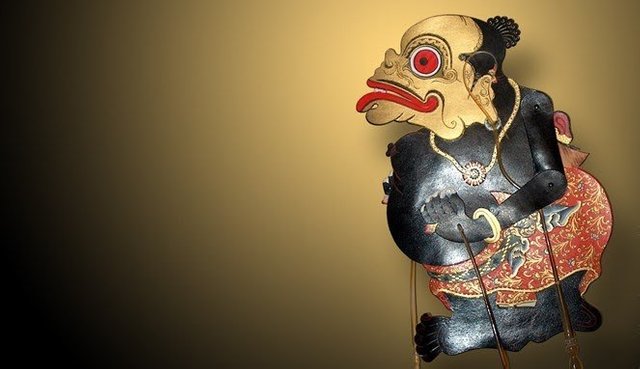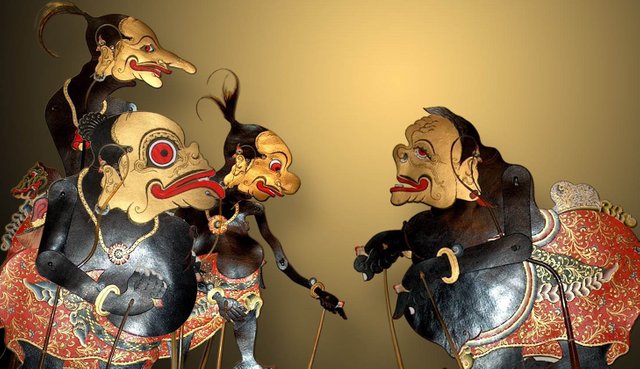Philosophy and Meaning of Punakawan Bagong

Four clown figures consisting of Semar and his three children namely Gareng, Petruk, and Bagong. The Punakawan are presented as a cheerful group with their trademark humors to lighten the mood.
Besides that, Punakawan also has their own character which is certainly worth exploring more deeply. We can all know and learn the philosophy of life from these 4 Punakawan figures.

In the art of wayang there are many stories that are presented. Wayang art is a native Indonesian performing art that is growing rapidly on the islands of Java and Bali. This show is also popular in some areas such as Sumatra and the Malay Peninsula.
Connoisseurs of the art of wayang performances must be familiar with stories taken from ancient literary works, from the Ramayanan to the Mahabharata. Not only that, every wayang performance must also have a message to be conveyed by a puppeteer. Likewise, 4 wayang figures are packaged into clowns.
Punakawan comes from the word pana which means understanding, and friend which means friend. Punakawan figures are not in the Ramayana or Mahabharata script stories. Punakawan is a puppet character created by a Javanese poet.
The Punakawan character first appeared in the literary work Ghatotkacasraya written by Empu Panuluh during the Kediri Kingdom. It is said that in the wayang, Sunan Kalijaga has used it as a means of da'wah, so that humans are always Eling marang Gusti Allah.